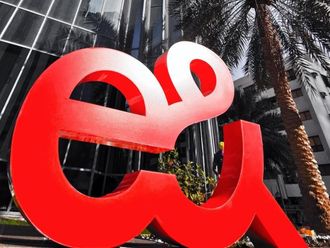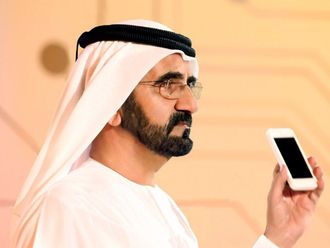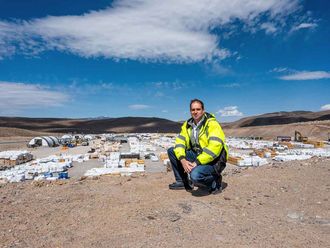Dubai: SES Middle East said the development of high throughput satellite (HTS) are powerful enough to transmit up to 20 times more data than traditional satellites.
HTS features concentrated spot beams and cover a smaller surface area over the earth than traditional wide-beam satellites.
“HTS allows data to be transmitted at a lower cost per bit, making it a cost-effective solution for data-intensive applications for the aeronautical and maritime industries,” said Hussain Oteifa, General Manager at SES Middle East.
Some examples include real-time video surveillance, monitoring and tracking, and making it possible for passengers to stream videos on board planes and ships.
“The introduction of new satellite systems, such as Medium Earth Orbit (MEO) satellites, are also transforming the industry today,” he said.
These satellites, which are closer to the Earth’s surface than traditional Geostationary Earth Orbit satellites, can deliver low latency connectivity services at fibre-like speeds, offering an ideal connectivity solution for maritime companies with latency-sensitive needs.
Oteifa said that currently, only a small number of players in the regional maritime and aeronautical sector have shifted towards full-scale satellite solutions. However, the rapid development of technology is spurring the rate of adoption among aeronautical and maritime industry players.
“Satellite operators and service providers are also working closely with government and private sector partners to innovate and develop technologies to capture new opportunities that lie ahead,” he said.








